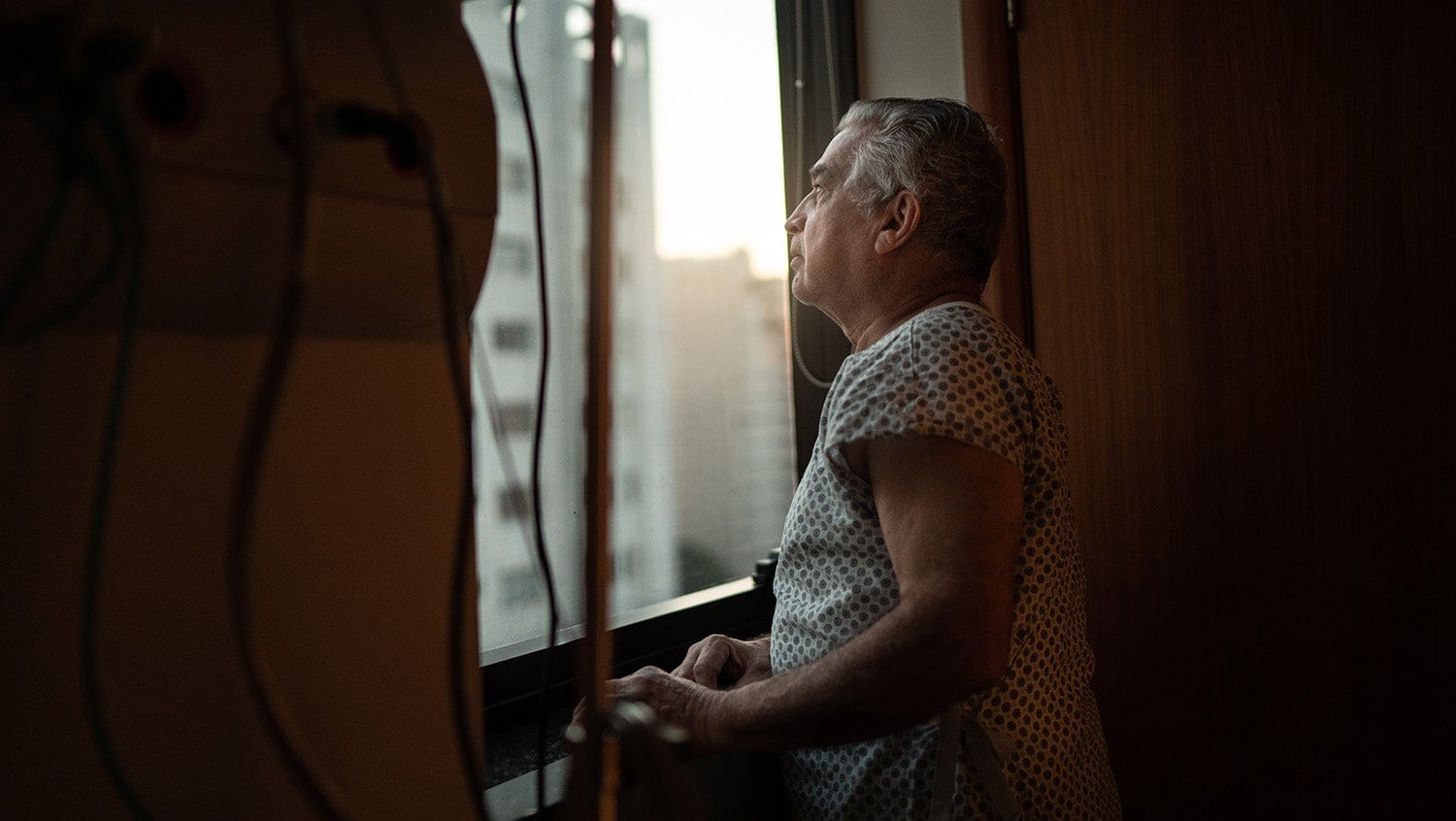
Getty Images
Research finding differential racial and ethnic health outcomes highlights the need for more intersectional approaches to clinical research and medicine.
It’s well documented that COVID-19 has disproportionately impacted Black and Latinx communities, but a new study on COVID-19 outcome disparities among patients raises deeper questions about accounting for the intersection of race and ethnicity in medical practice and research.
The study, published in the Journal of Immigrant and Minority Health, found that the rates of hospitalization, ICU admission, and death differed among subgroups of Latinx patients. Researchers reviewed Centers for Disease Control and Prevention data from more than 78,000 cases of hospitalized COVID-19 patients and found stark differences between Hispanic groups, with higher rates of hospitalization and death for Hispanic Black patients compared to Hispanic white and non-Hispanic white individuals.
The study’s first author, Michael Poulson, MD of Boston Medical Center, spoke with HealthCity about the findings and their takeaways. The conversation sheds light on how the differential impact of COVID-19 should inform other research and the value of an intersectional lens in medicine.
HealthCity: Hispanic and Latinx identities are often studied as one group. Why did you study them separately?
Michael Poulson, MD: Hispanic designation itself is a very broad term applying to many different groups of people, from many different countries. It’s important to note that the designation is really a social and political construct — these differences in health outcomes are likely reflective of discrimination, not genetics. We included “multiracial” and “other” as options because many people don’t feel that they fit into these specific categories that society creates.
When studying disparities among Latinx populations, it is important to understand that discriminatory practices affect Hispanic racial groups as a whole but also differentially. I think it took somebody actually looking for these disparities to show that they’re there.
HC: What discrimination may patients face that likely contribute to these disparities?
MP: Public charge prevents a lot of people who may be worried about their immigration status from obtaining any type of public insurance or SNAP benefits. So, that actually sets up many people for disparities in the Hispanic population as a whole. But finding these intersectional disparities shows that discrimination does not affect these groups in the same way; race and ethnicity are compounded together to cause even worse disparities in Hispanic Black populations, for example.
Looking at race as well, we know that Black Americans face all kinds of discrimination since they were forced here more than 400 years ago. And the related poverty, lack of employment, unstable housing, living in areas that are food deserts — all of these experiences can work together to form these different health disparities. We’re seeing the downstream effects of chronic health conditions particularly with COVID.
HC: How should other health professionals think about intersectionality in light of these findings?
MP: Intersectionality is not talked about much in medicine. It really is a legal theory that says people’s social identities that already face discrimination overlap to create unique intersectional groups with differing levels of discrimination. We need to accept that theory into medicine and study disparities in a different way. What a lot of people tend to do in their research is control for these variables — sex, race, ethnicity. Instead of controlling for different identities, we have to show that each face unique barriers to health.
HC: Where do we go from here to help address the disparities?
MP: The next steps will be determining what truly is causing these disparities, including the built environment and where people live, and how we can counteract it. In general, we have to be very careful in how we study disparities because our conclusions matter. If you look back at history, we’ve actually used this type of data to further marginalize people. The 1890 census was one of the first times that we really showed racial disparities, particularly with crime (even though Black people were often jailed on false accusations), and that information was used to further segregate Black Americans.
Desegregation itself has not been shown to necessarily help because it’s more the downstream effects that are causing these disparities. Actions like reinvesting in Black and Latinx communities are vital. The next steps are going to be multifaceted, with no one solution, but investment in these communities is the first place to start.


